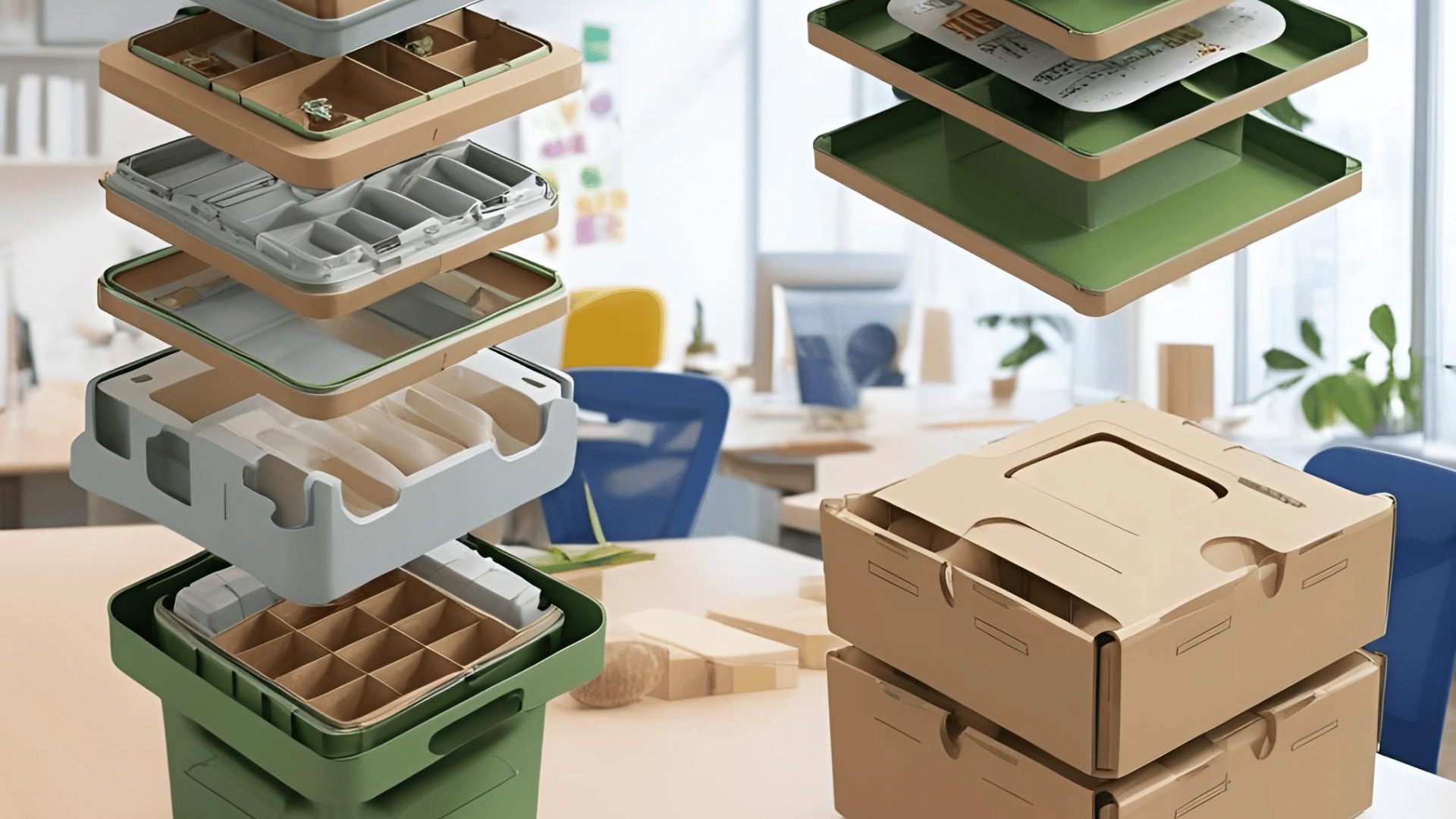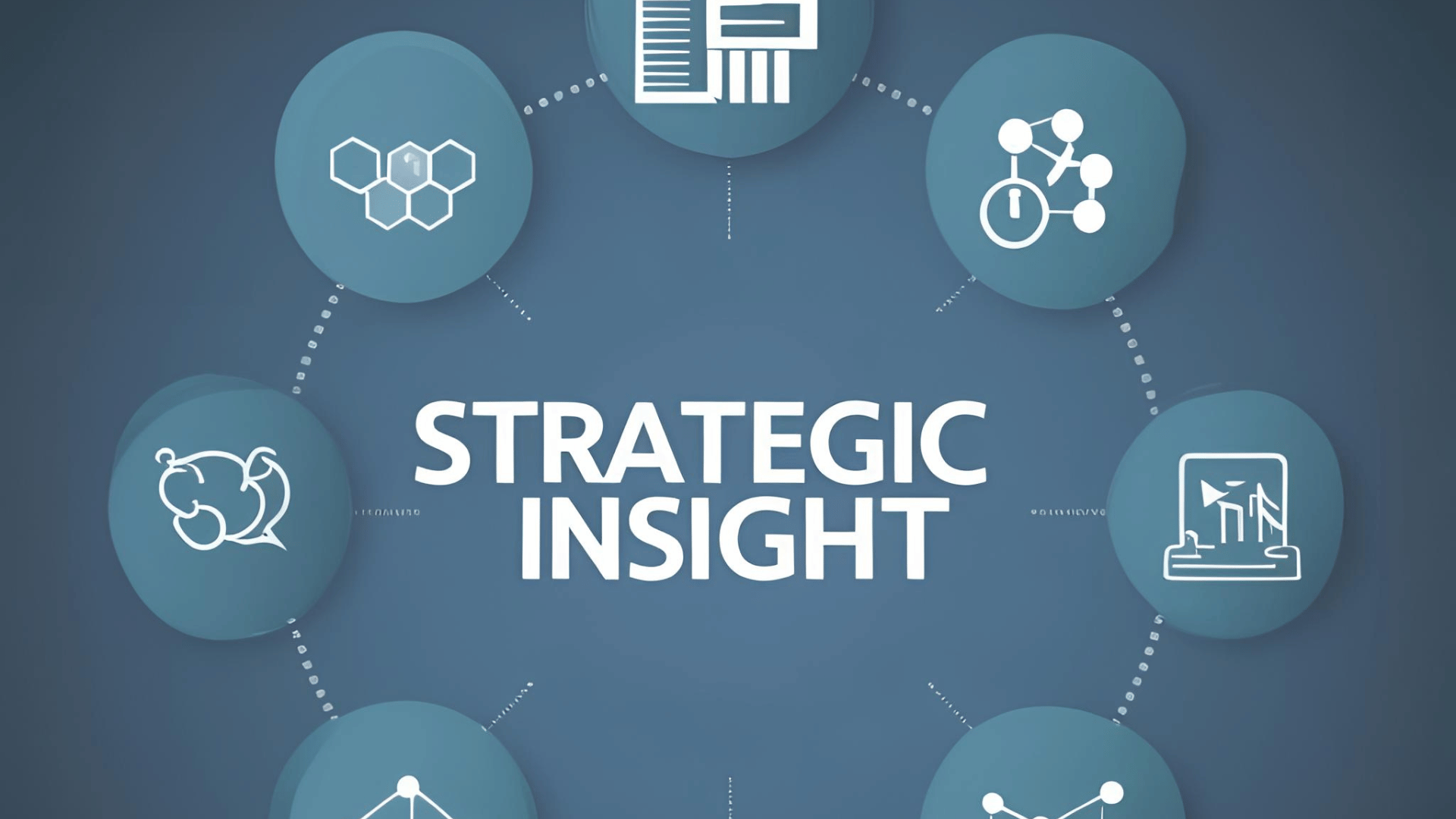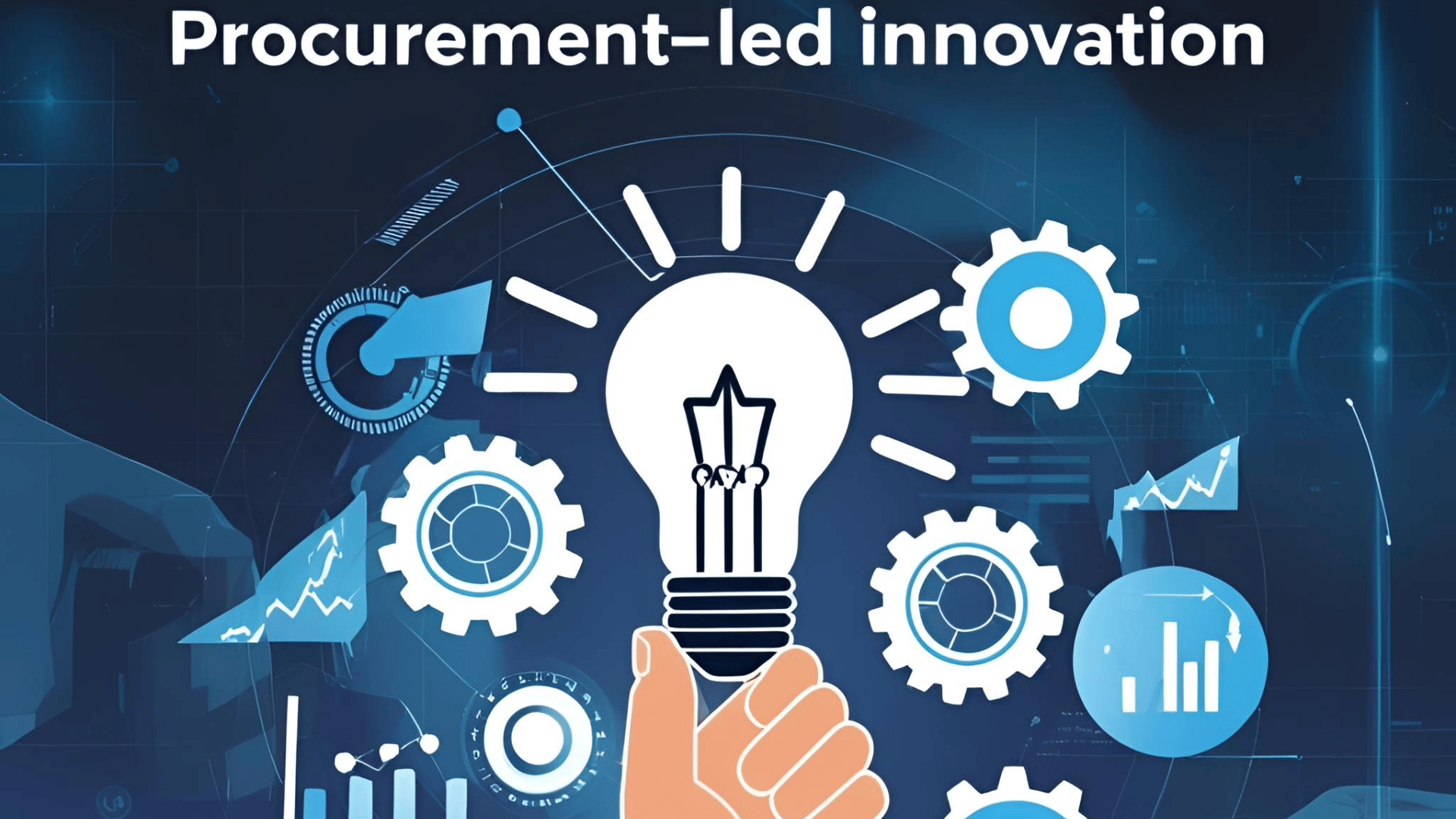🔍 Procurement as the New Innovation Engine
South Africa’s economy thrives on small business — yet SMMEs remain under-leveraged in corporate and government supply chains. Traditional procurement models favour incumbents, over-specify requirements, and leave little room for creative alternatives.
But in 2025, a new breed of procurement leaders is emerging — ones who see sourcing not just as supply management, but as a platform for co-creation, agility, and inclusive innovation. Procurement is no longer just about what’s available — it’s about what’s possible.
This article unpacks how agile procurement practices are unlocking innovation from South African SMMEs — and why this trend is poised to scale.


The most progressive buyers are turning their procurement processes into innovation ecosystems — inviting emerging suppliers into early-stage problem-solving, prototyping, and even product design.
This shift is being catalysed by:
-
Digital platforms that simplify supplier onboarding and RFx processes.
-
Enterprise & Supplier Development (ESD) budgets being tied to measurable innovation outcomes.
-
Government incentives that reward inclusive procurement strategies.
-
A new generation of procurement professionals trained in design thinking and agile sourcing.
🧴 Township Chemicals Supplier Scales with Modular Packaging Innovation
A Cape Town-based cleaning chemicals startup was given a six-month test contract by a national property management firm — but instead of asking for a pre-set list of SKUs, procurement invited the SMME to propose better delivery and dosage models.
Result:
-
The startup co-developed a modular packaging format that reduced spillages and cut storage space by 40%.
-
The solution was rolled out nationally, with the supplier scaling from 6 to 24 employees.
-
Procurement captured ESG wins (less plastic, lower transport emissions) and cost savings.


A Durban hospital group hosted a sourcing challenge for SMMEs in textile manufacturing. A local female-run co-op pitched linen reusability tech using antimicrobial fabric and RFID tagging.
Impact:
-
Reduced linen losses by 28%.
-
Lowered laundry turnaround time by 18 hours on average.
-
Enabled real-time linen stock tracking in wards — improving staff efficiency and patient service.
This wasn’t just cost-saving. It was innovation procured into existence.
✅ 1. Agile Procurement Sprints
Forward-thinking corporates (especially in finance, FMCG, and healthcare) are hosting 30–60-day agile sourcing cycles to test-run local innovations before committing to full contracts.
✅ 2. Innovation-Weighted RFQs
Expect new RFQ formats with scoring categories that reward:
-
Novel approaches to last-mile delivery
-
Digitised operations from micro-enterprises
-
Product enhancements or co-development capability
✅ 3. Supplier Labs and Procurement Hackathons
Firms like Sasol and MTN are piloting innovation labs with procurement leaders embedded alongside SMME founders. Hackathons hosted by Supply Chain Network SA and YES4Youth are attracting 100+ entrants per challenge.
✅ 4. Outcome-Based Procurement in Public Sector
The Department of Health is trialling value-based tendering, where suppliers are scored not just on inputs but outcomes (e.g., clinic equipment uptime, not just price per item).


| Traditional Procurement | vs Procurement-Led Innovation |
|---|
| Defines fixed specs | vs invites alternatives & prototypes |
| Rewards size & compliance vs | rewards agility & collaboration |
| Buys products vs | buys outcomes & performance |
| Protects from risk vs | manages risk through transparency & iteration |
Procurement in South Africa has the power to create — not just acquire. When procurement professionals act as curators of innovation, they turn sourcing into an economic accelerator.
In 2025, the most impactful deals won’t just reduce costs. They’ll spark industries, empower communities, and bring new ideas to life.
Procurement-led innovation isn’t a trend — it’s a national opportunity.


